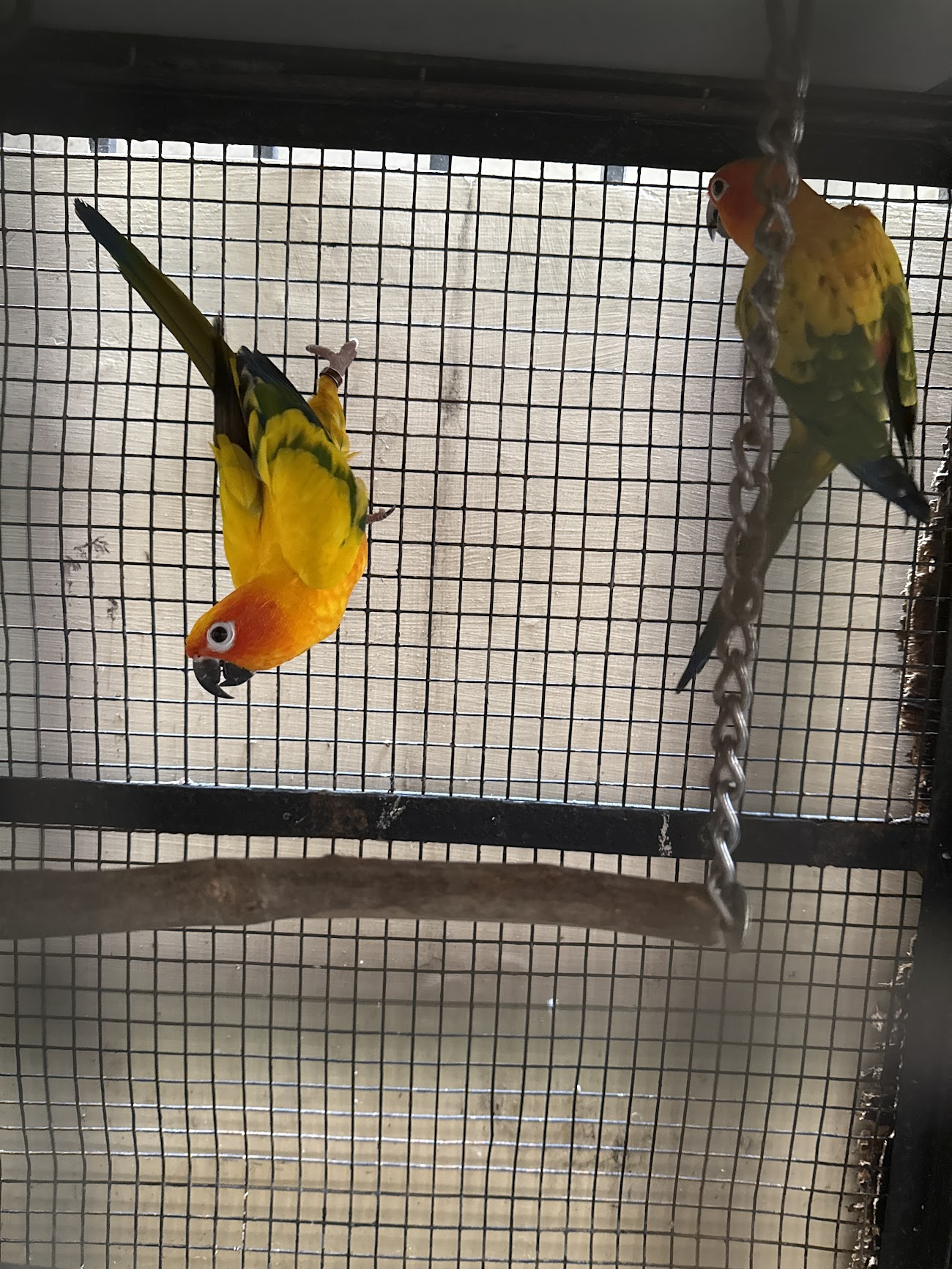What’s Going On Inside That Little Bird’s Head?
Isn’t it fascinating to watch that new bird you added? It hangs back, quiet and watchful, while the others go about their day. What do you think is happening in that moment? Is it feeling shy, the way a person might feel walking into a room full of strangers? Could it be that what we call “shyness” is actually a moment of intense listening and learning?
Imagine being that bird. Everything is new—the sounds, the faces, the layout of the cage. Wouldn’t you be a little cautious? Perhaps that quietness isn’t just fear, but a clever strategy. It’s taking everything in, figuring out: Who’s the leader here? Where’s the best spot for a snack? Is that other bird a friend or a rival?
How Do Strangers Become Family?
So, how does the change happen? How does it go from being the silent observer to one of the flock, chirping and interacting with everyone else? Do they have a secret meeting where they decide to let the new member in?
Or is it something we can recognize? Maybe it starts with small steps. A shared perch, but with a respectful distance. A tentative chirp that gets a chirp in reply. It’s like a slow dance of building trust. The new bird watches how the others act and starts to mirror them, learning the unspoken “rules” of the house.
When you see it start to groom another bird or share food, isn’t it incredible? That’s the moment it crosses the line from “new bird” to part of the community. It makes you wonder, are they forming real friendships based on personality and trust, just like we do?
Is Their World Like Ours?
This whole experience opens up a bigger question, doesn’t it? When that bird learns to live with the others, it proves it can adapt, learn, and form social bonds. We often think of these as “human” traits, but are they really?
Perhaps what you’re seeing in that cage is a universal story. It’s the story of finding your place, of learning to trust, and of building a community. The feelings of caution, the slow process of making friends, the comfort of finally belonging—maybe these aren’t just human habits at all. Maybe they are simply the habits of living beings trying to navigate their world, together. What do you think?nt here…
